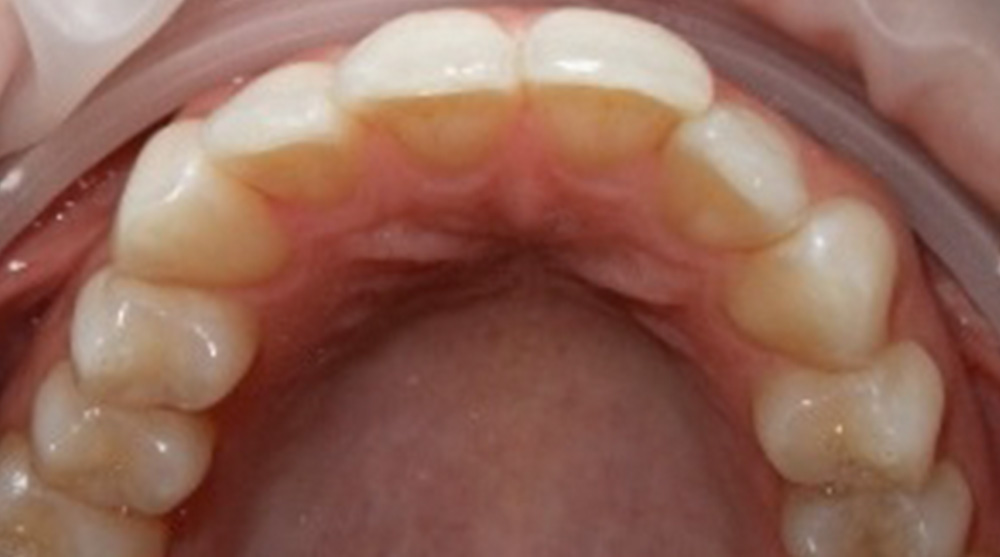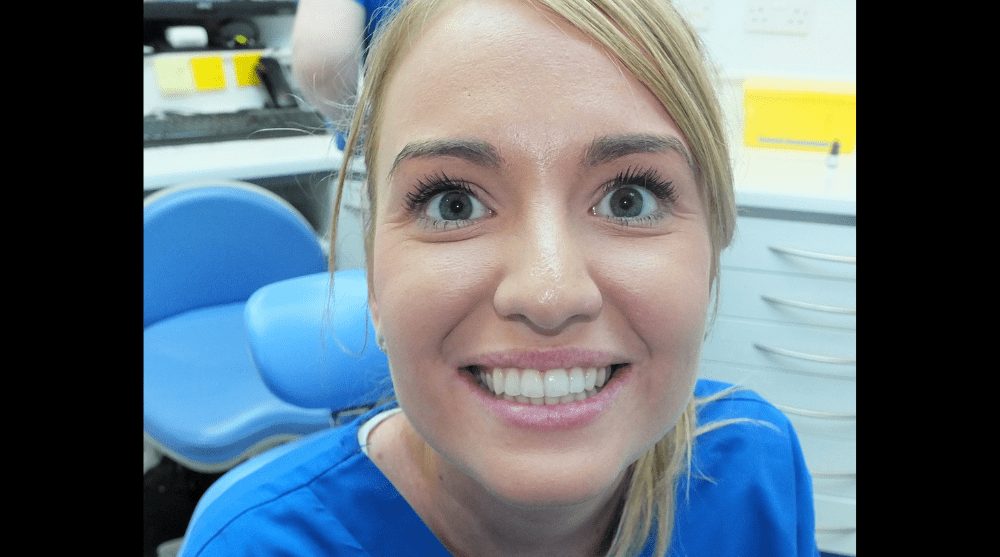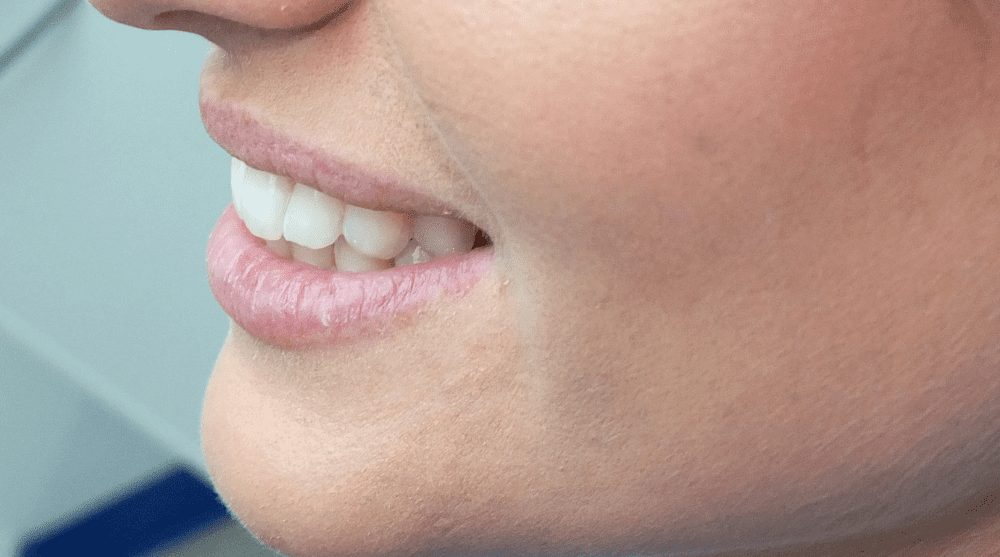Calum Imray from Stafford Street Dental Care in Edinburgh, Scotland, details his first anterior alignment case using the IAS Inman Aligner appliance.
I have always felt the most impressive restorative and aesthetic dental treatments are those which lead to “invisible” results, providing the most natural appearance possible whilst preserving as much of the existing tooth structure as possible. As part of this philosophy I was keen to be able to offer my patients a simple orthodontic system that required no extractions and minimal tooth preparation. After researching several systems, I was introduced to the IAS Inman Aligner by colleagues who were already certified users and I decided to take the hands-on certification course.
Patient history, examination and treatment planning
My first case involved a young female patient who wanted to correct a mild alignment issue before her wedding. She had no medical complications, a minimally restored dentition and good oral hygiene. Her main complaint was the slightly protruding upper left central incisor. The mild crowding of the lower anterior teeth did not concern her. The occlusion was stable with a Class 1 molar relationship and canine guidance and there was no history of parafunction or cusp fractures.
Following a normal examination, we assessed the space which would be required to align the patient’s upper anterior teeth by taking clinical photographs and then measuring the mesio-distal widths of the teeth and drawing a trace of our desired arch curve using Spacewize+™ arch evaluation software (available free to all IAS practitioners). This estimated that around 1.6mm of space would need to be created by interproximal reduction (IPR) using diamond strips. Considering the beauty of the unrestored anterior teeth and the minimal amount of tooth preparation required in this case, the patient and I agreed that orthodontic alignment and some tooth whitening would be preferable to more extensive restorative approaches such as direct or indirect veneers.
After posting the initial photographs on the online forum and receiving advice from two IAS Academy mentors, PVS impressions were sent to the lab along with instructions for the desired movements. A full treatment plan, 3D printed models of the potential end result and the IAS Inman Aligner itself were returned ready to start the case.The 3D modelling determined that in total, 2.2mm of space creation would be needed.



































